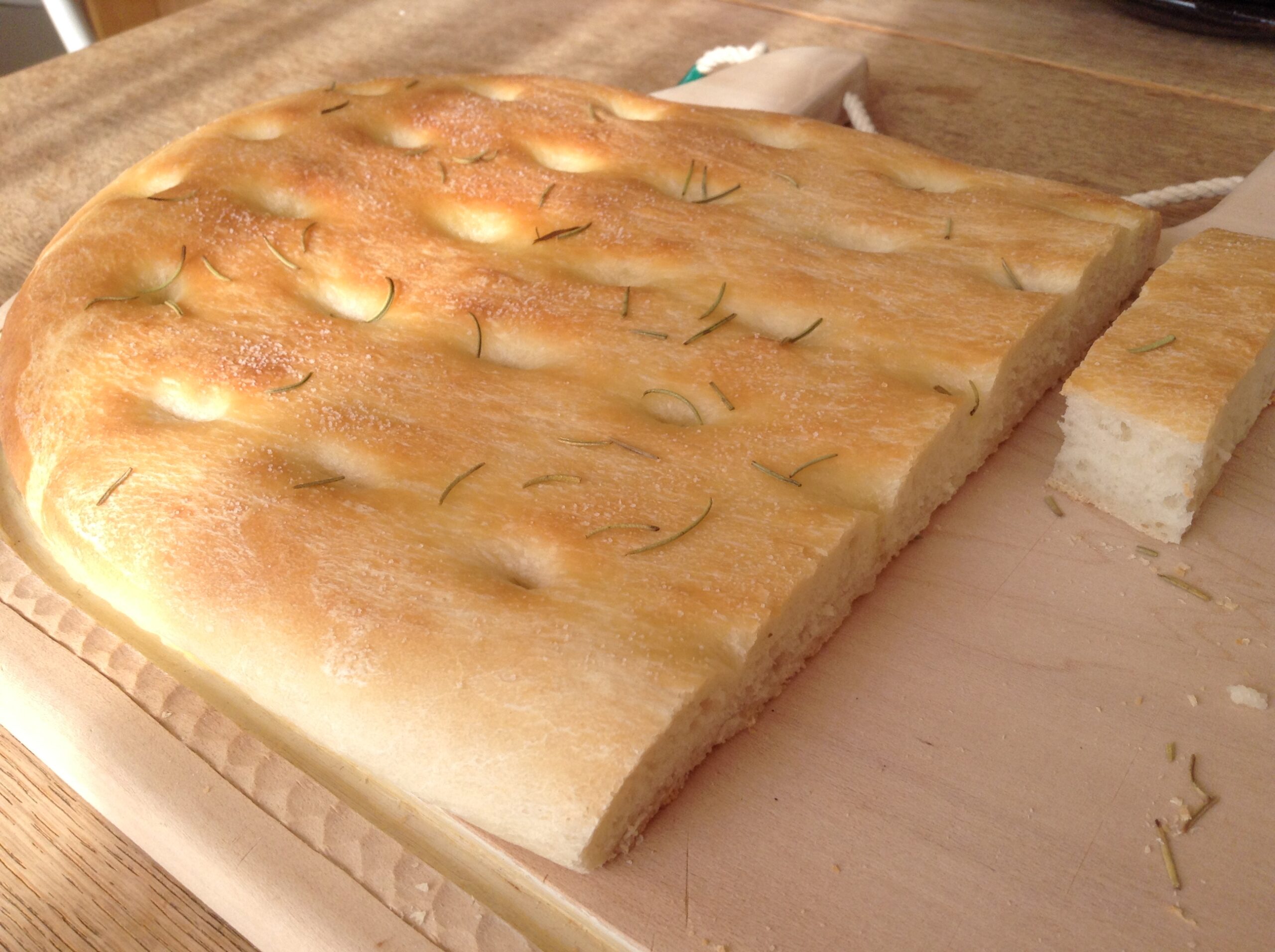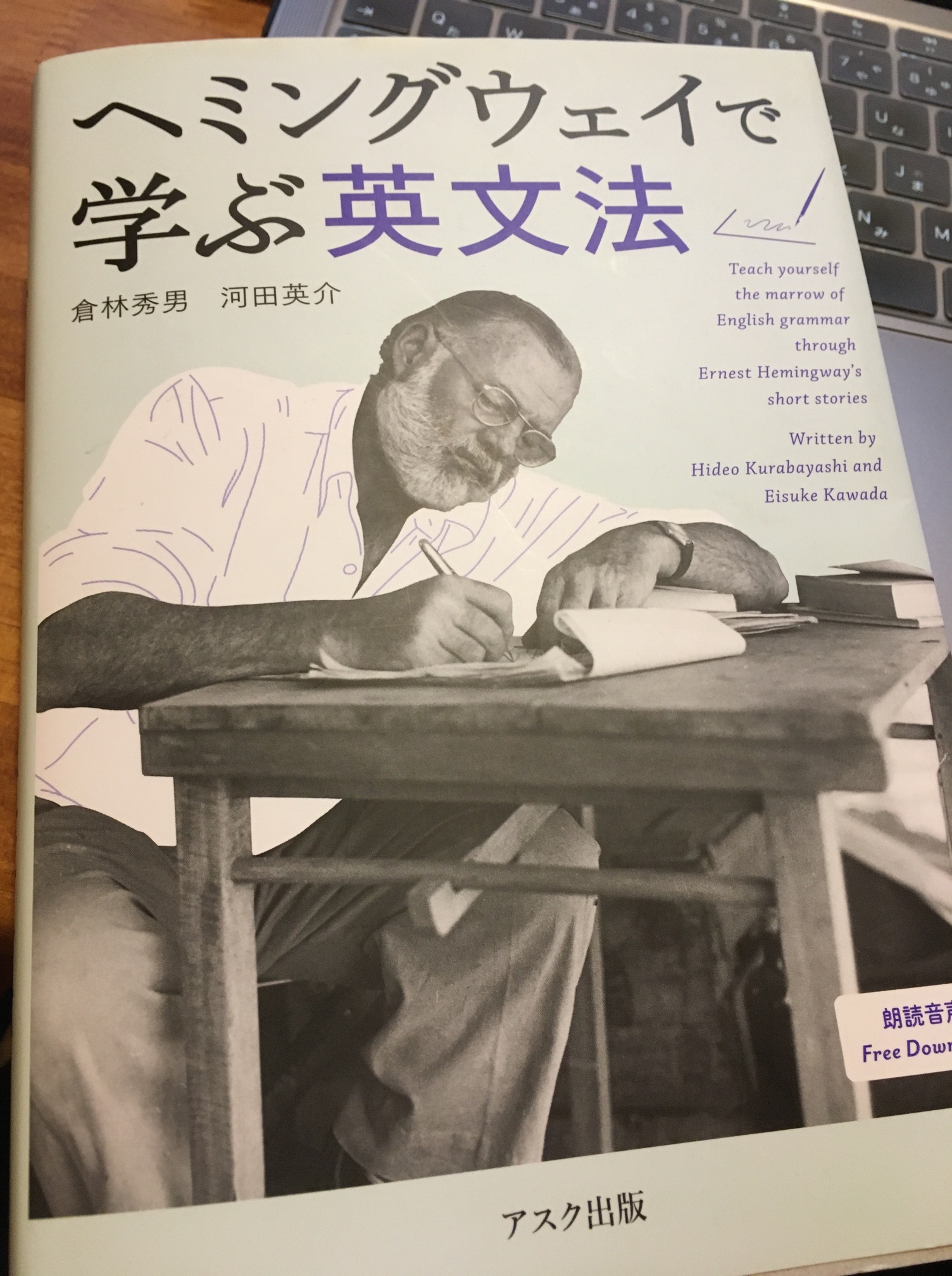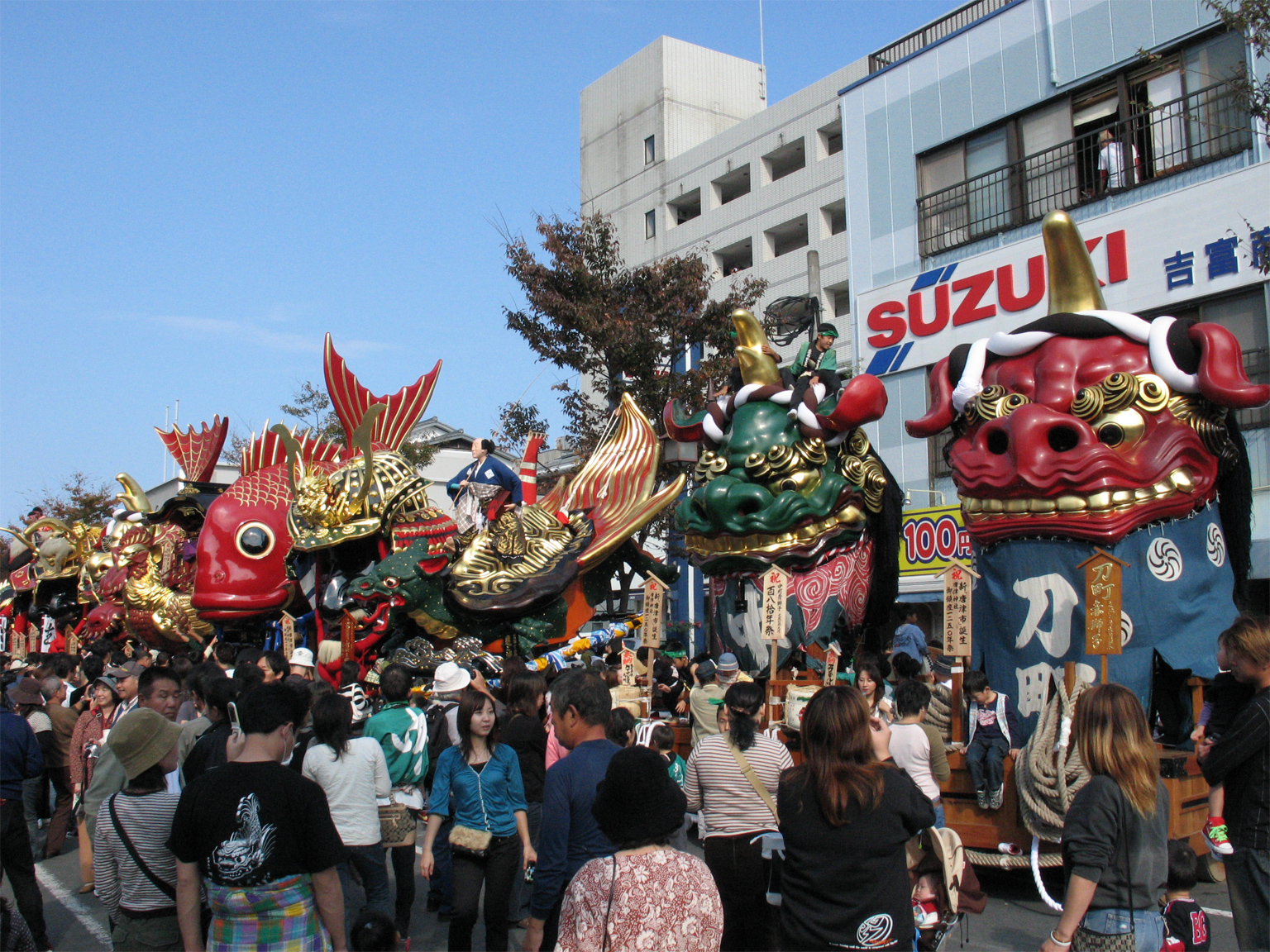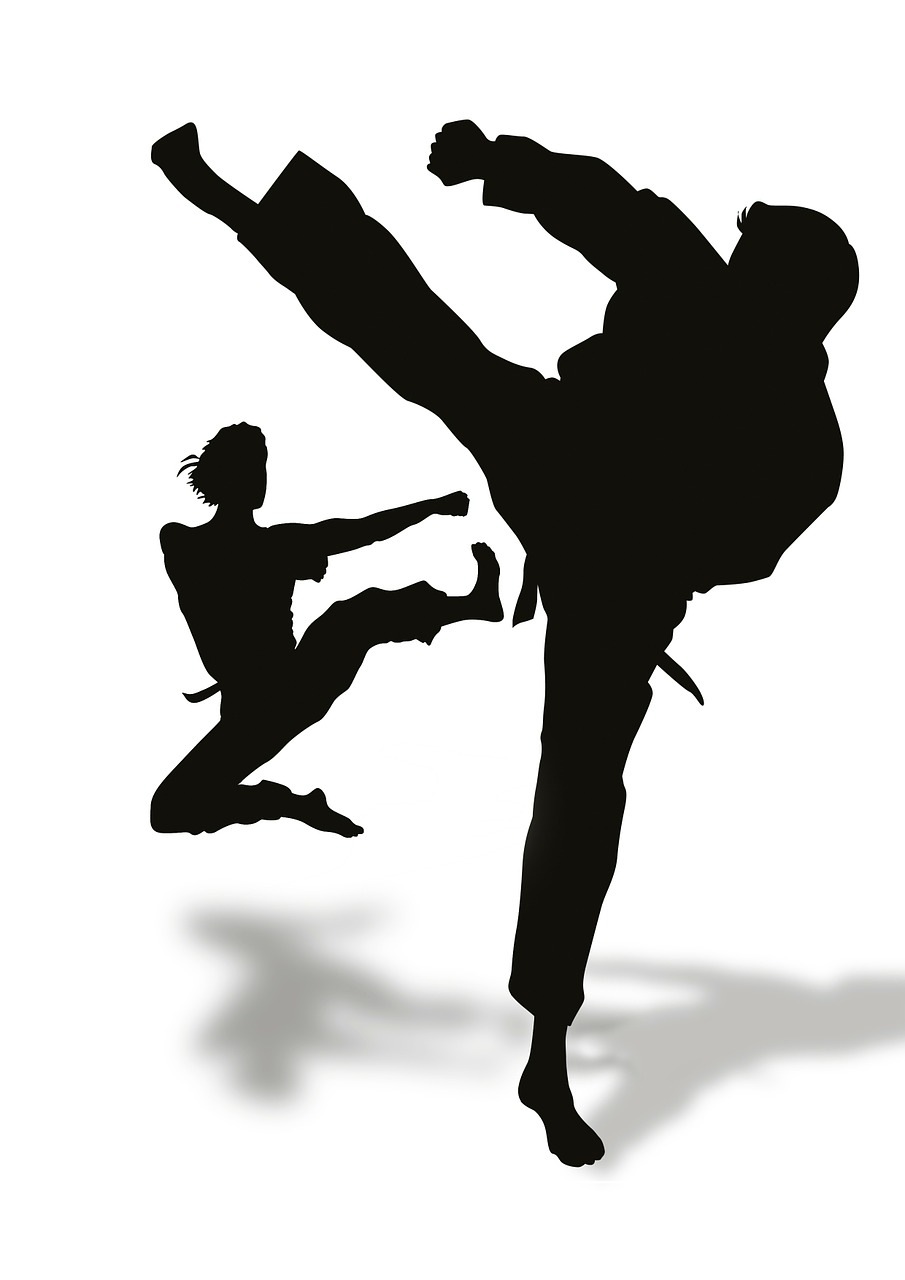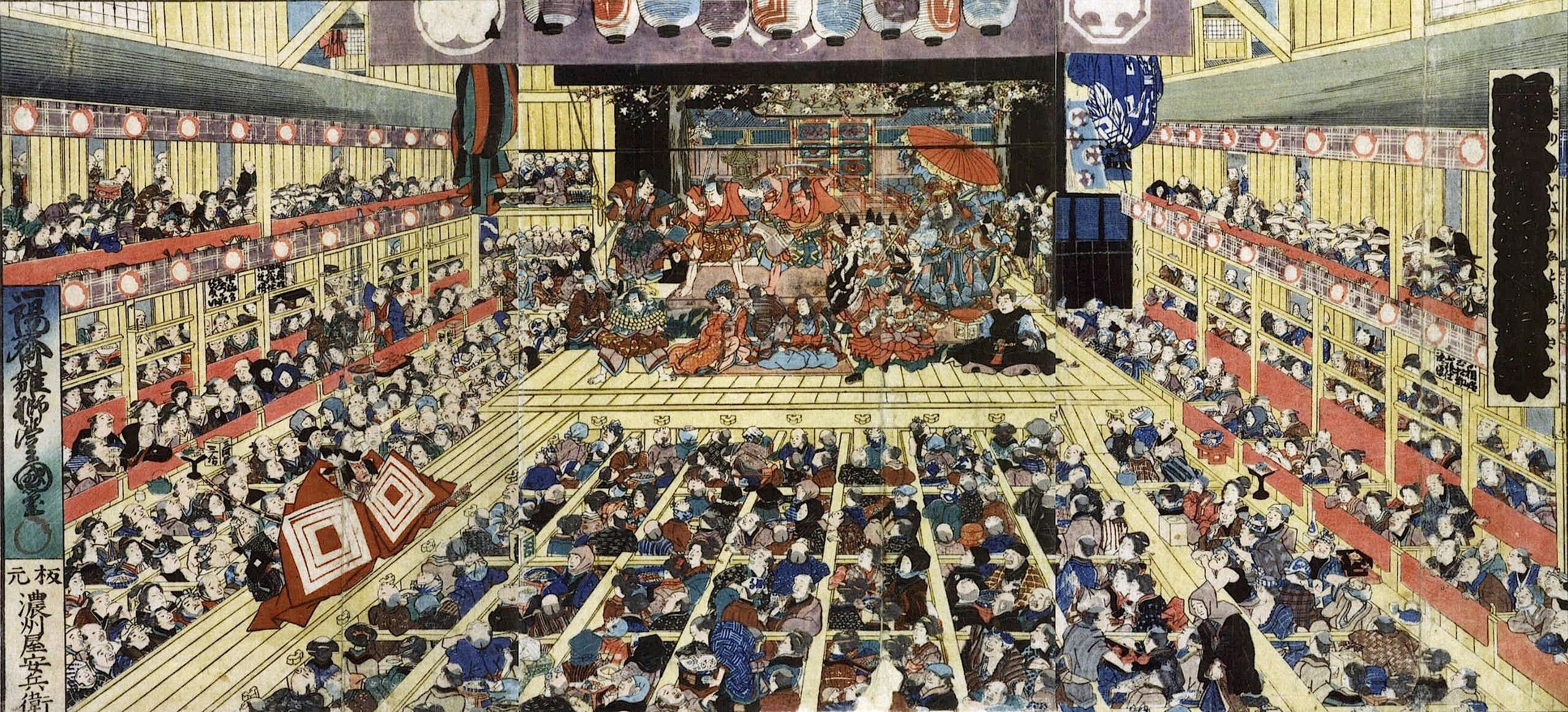
Kabuki 歌舞伎
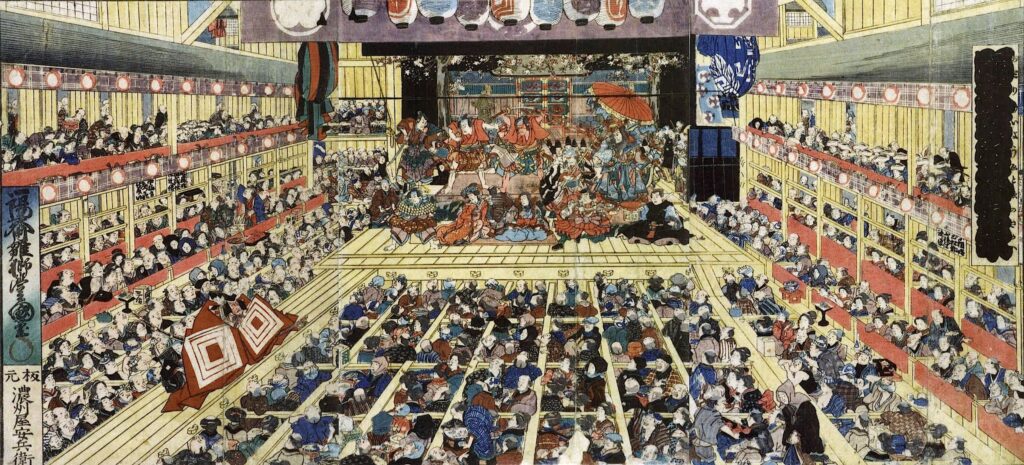
It is said that Kabuki was created by Izumo no Okuni, a woman who was active from the latter half of the 16th century to the beginning of the 17th century, and became popular in Kyoto. Kabuki dance was regulated by the Shogunate, and females and young men were prohibited from performing on stage. After that, Kabuki dance declined for a while, but it developed greatly in the Edo period due to more sophisticated stories and ingenuity of stage equipment. Today, it is registered as a UNESCO Intangible Cultural Heritage as a stage performing art that represents Japan.
歌舞伎の起源は、16世紀後半から17世紀のはじめにかけて活動した出雲の阿国という女性が始め、京都で人気を博した、阿国歌舞伎だと伝えられています。歌舞伎踊りは幕府による規制を受け、女性や若い男性が舞台で演じることを禁止されました。その後、歌舞伎踊りは一時衰退しましたが、より洗練されたストーリーや舞台装置の工夫により、江戸時代に大きく発展しました。現在では日本を代表する舞台芸能として、ユネスコの無形文化遺産に登録されています。
